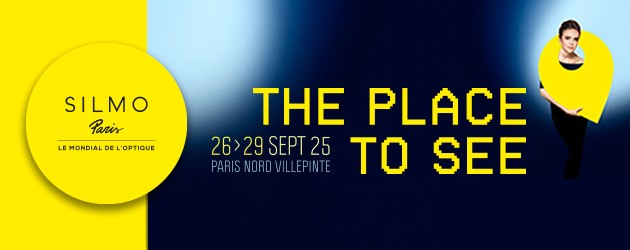Industry News
Researchers Unveil Near-Infrared Vision for Contact Lenses
 In a development that could redefine the future of wearable vision technology and spectral imaging, a research team from the University of Science and Technology of China (USTC) has introduced a new generation of upconversion contact lenses (UCLs) that allow human users to perceive near-infrared (NIR) light in real time with spatial, temporal, and even colour resolution.
In a development that could redefine the future of wearable vision technology and spectral imaging, a research team from the University of Science and Technology of China (USTC) has introduced a new generation of upconversion contact lenses (UCLs) that allow human users to perceive near-infrared (NIR) light in real time with spatial, temporal, and even colour resolution.
The breakthrough, led by Professors XUE Tian and MA Yuqian and supported by several research collaborators, was published in Cell on May 22 and spotlighted in a feature by Cell Press.
This cutting-edge innovation addresses a longstanding challenge in human visual perception: the natural inability of the human eye to see beyond the visible spectrum. NIR wavelengths, despite their ubiquitous role in fields such as biomedical imaging, night vision, and remote sensing, have remained invisible until now.
From Lab to Lens: A Shift Toward Practical Human Applications
Back in 2019, the same USTC-led team achieved a milestone by enabling NIR perception in animals through direct retinal injection of upconversion nanomaterials. However, due to the invasive nature of this method, it was unsuitable for human use. The new solution replaces surgical intervention with a wearable, non-invasive contact lens-based system.
The UCLs leverage polymer composites embedded with upconversion nanoparticles (UCNPs), which convert invisible NIR light into visible signals the eye can detect. Developing a lens that is both transparent and highly efficient at upconversion posed a major materials science challenge.
By fine-tuning the surface chemistry of UCNPs and using refractive index-matched polymer matrices, the team created UCLs with up to 9% UCNP loading while retaining over 90% optical transparency in the visible spectrum. The lenses exhibit excellent biocompatibility and hydrophilicity, crucial for long-term wear and safety.
Enhancing Vision: Spatial, Temporal, and Now Colour Recognition
Basic UCLs initially allowed only coarse NIR perception. To enhance this, the researchers integrated the lenses into a wearable eyeglass system, optimising optical imaging pathways to enable high-resolution spatial perception of NIR patterns, similar to standard visible light vision.
In a further breakthrough, the team replaced traditional UCNPs with trichromatic variants, creating trichromatic upconversion contact lenses (tUCLs). These allow users to distinguish between three distinct NIR wavelengths, enabling functional "colour vision" in the NIR spectrum. With this capability, users can now perceive not only when and where NIR light is present, but also differentiate between its spectral compositions.
The result: a multisensory NIR imaging platform that offers enhanced anti-interference, greater spectral selectivity, and the potential to decode complex, multi-dimensional NIR-encoded information.
Industrial and Commercial Implications
The implications for B2B sectors are substantial. Industries that rely on NIR detection, such as precision agriculture, medical diagnostics, military reconnaissance, optical communications, and quality control in manufacturing, stand to benefit from this technology’s compact form factor and real-time visualisation.
Moreover, the wearable nature of UCLs makes them uniquely suited for field operations, where bulky NIR imaging equipment is impractical. With spatial and spectral resolution now possible through a simple lens-and-glasses system, frontline workers could gain access to enhanced data without interrupting workflows.
This signals the beginning of a new era in augmented human perception, one that stretches beyond the visible.



